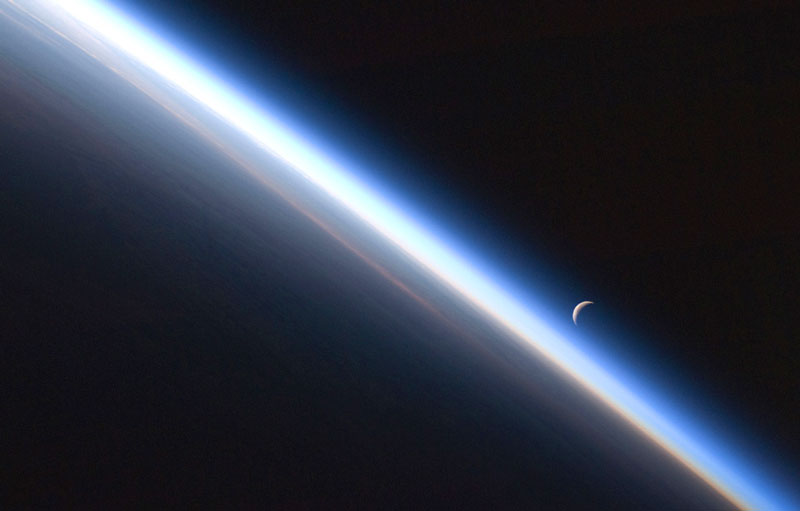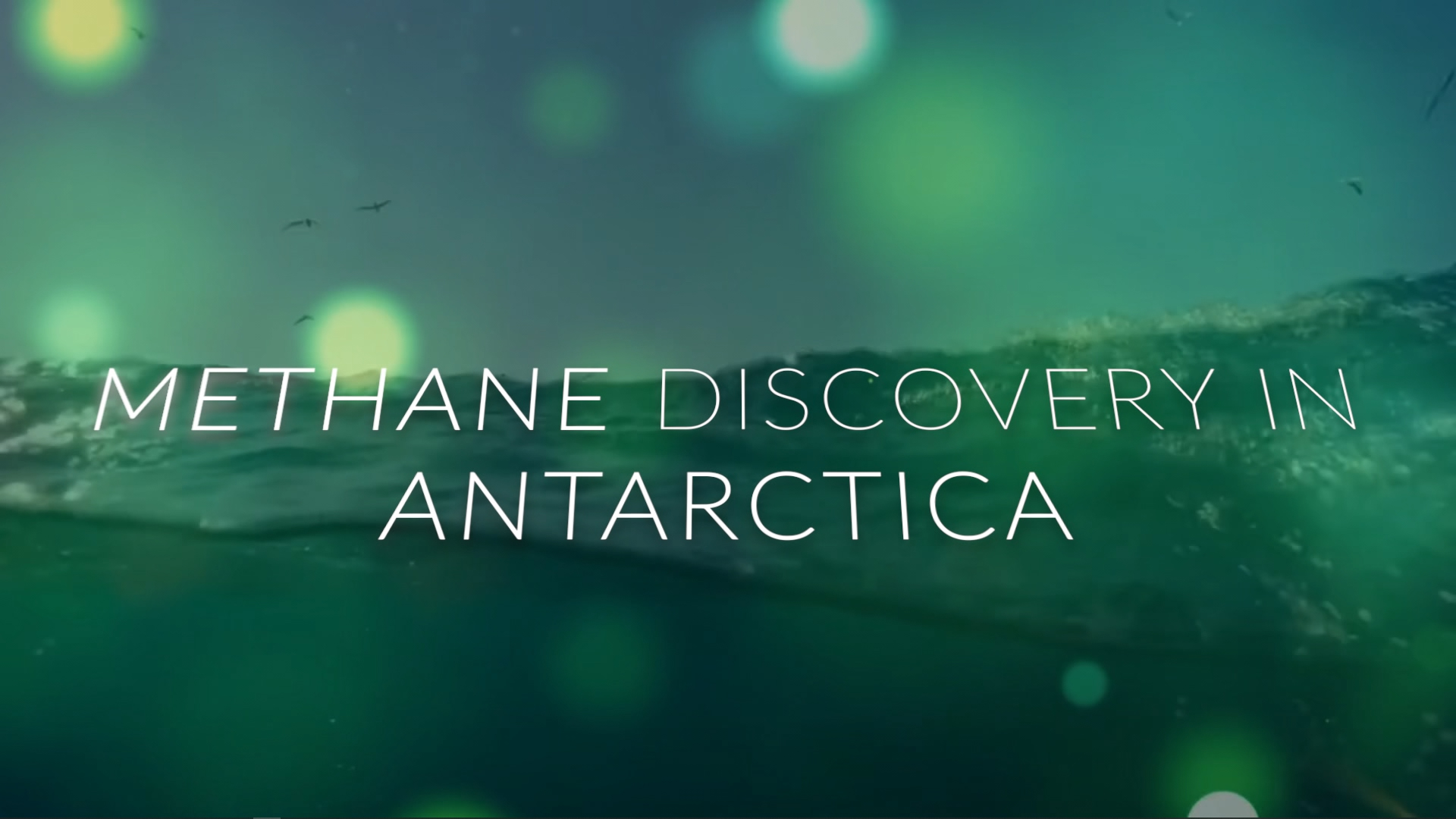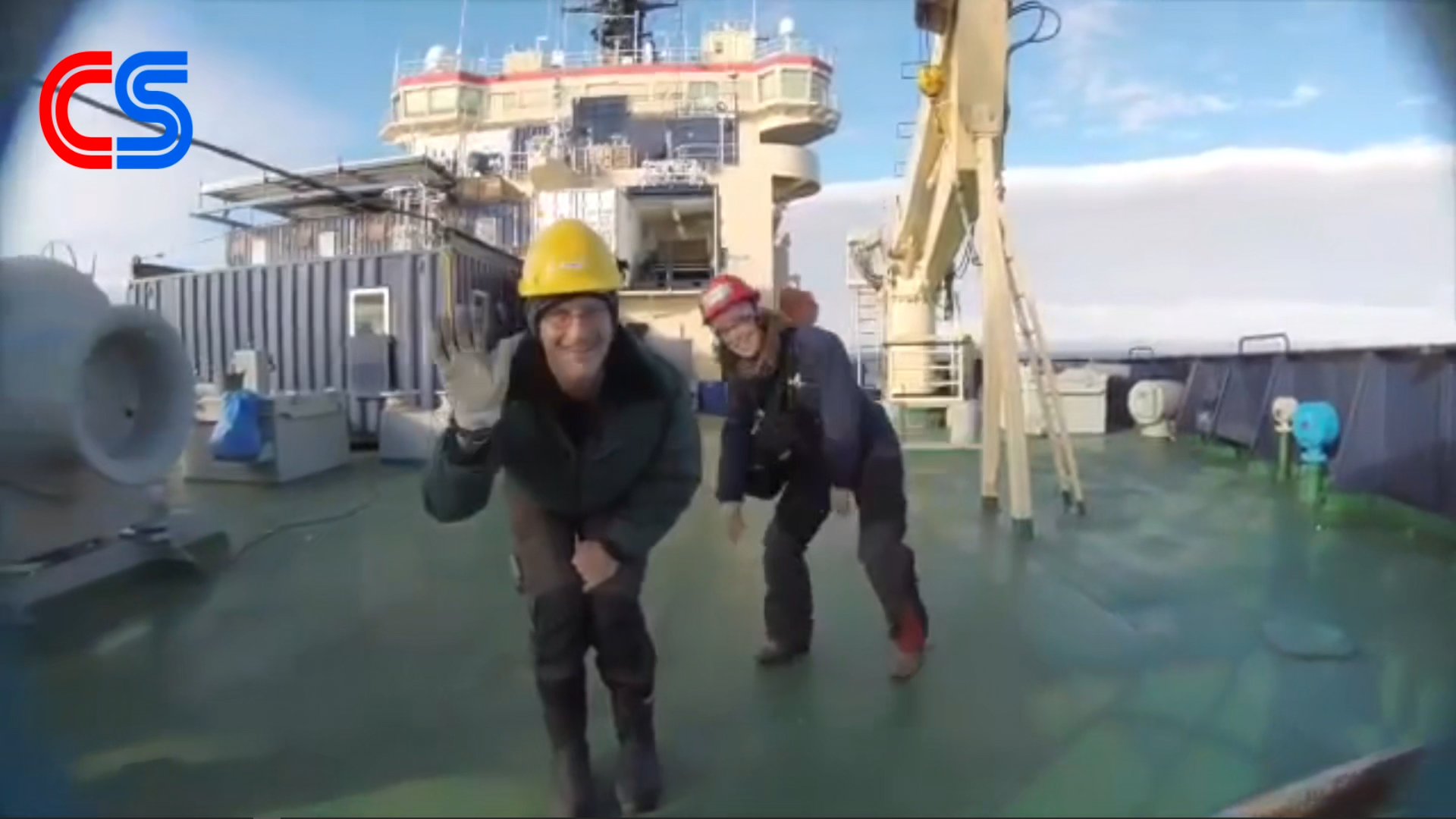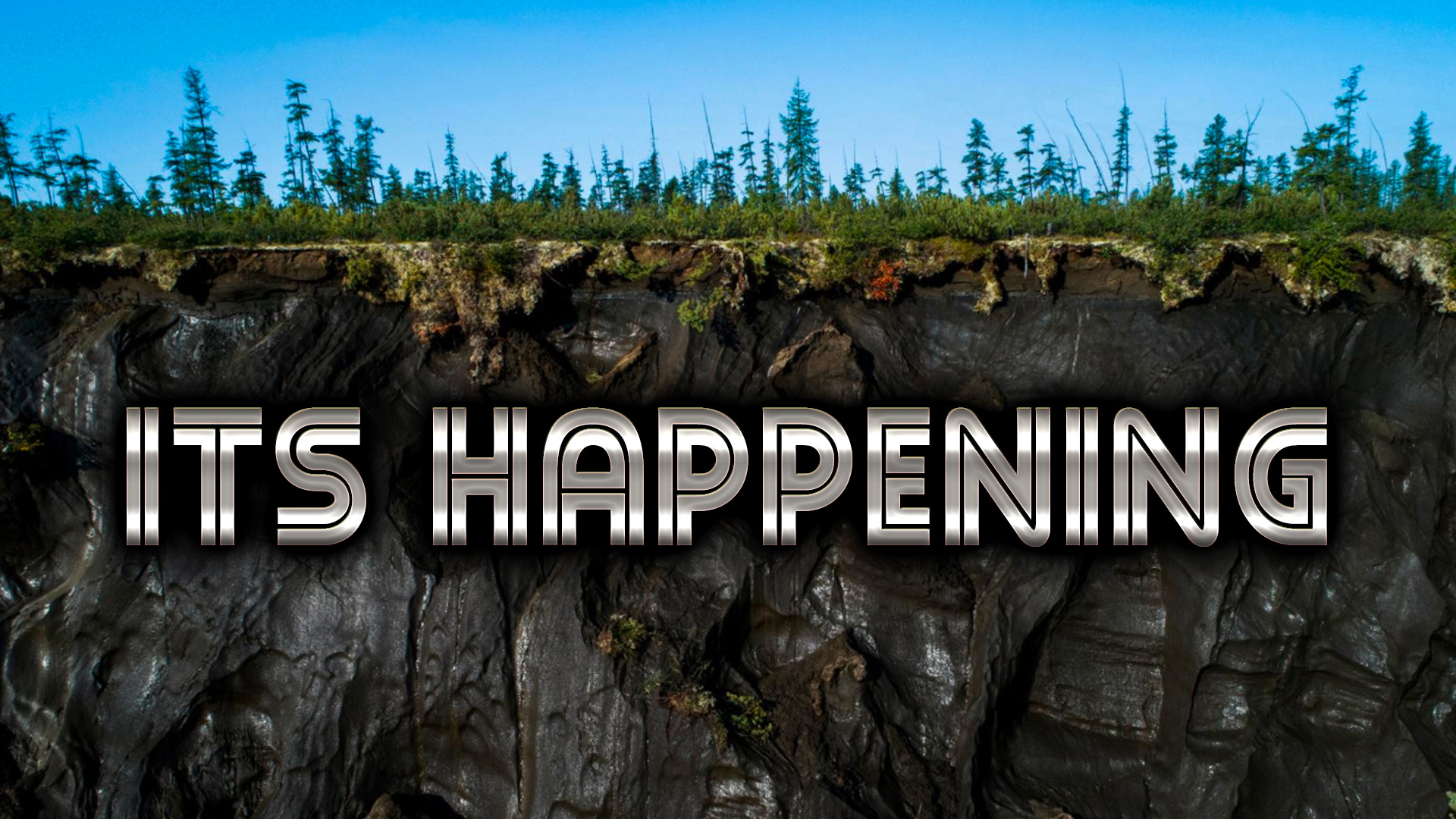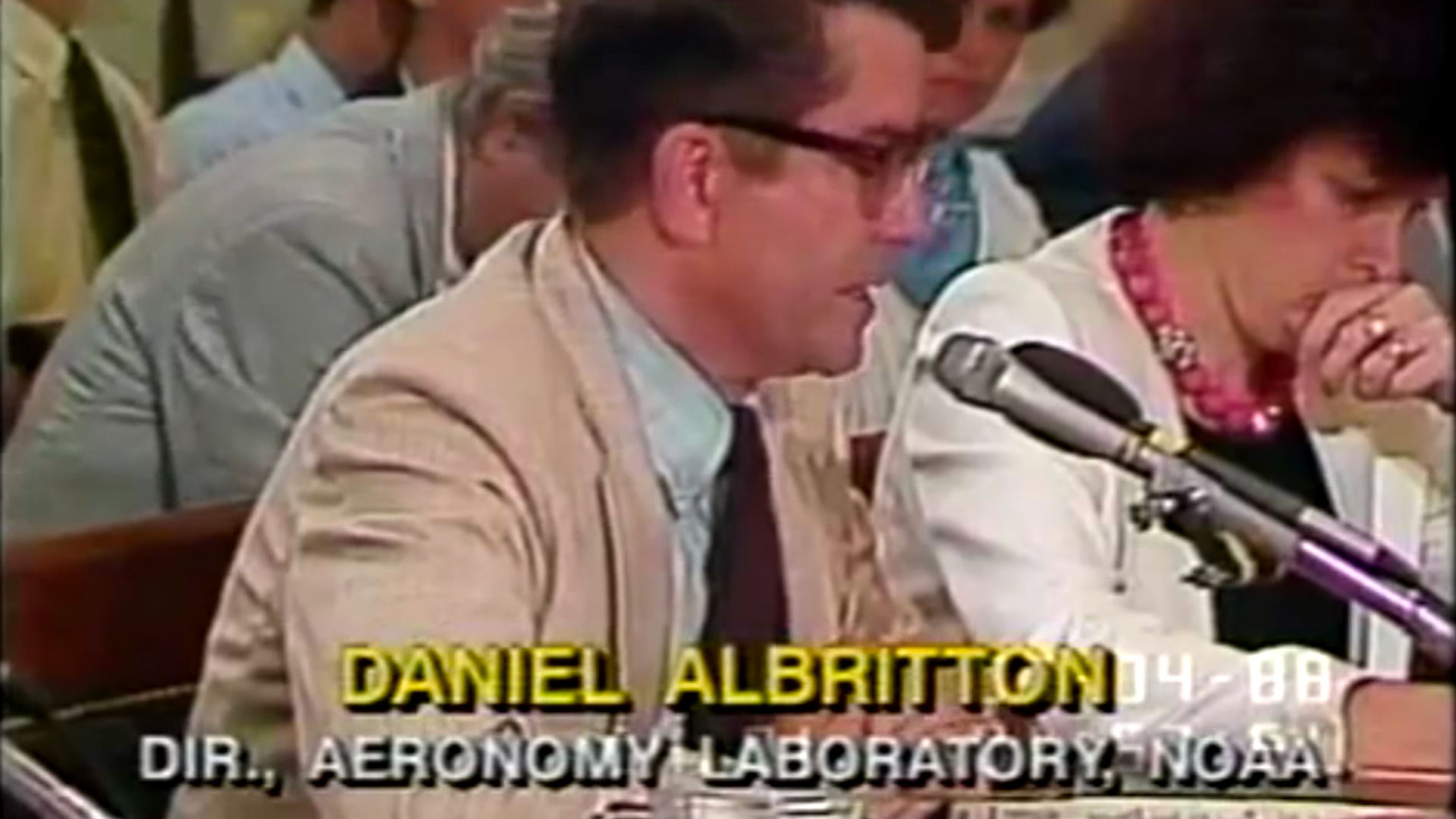NASA: Researchers have found that Earth’s energy imbalance approximately doubled […]
Robert Howarth talks with Dan Miller about natural gas (methane) […]
Andrew Thurber, Oregon State University on his research on methane […]
Experts of the field in studying one of the most […]
Methane hydrates are ice like structures forming a solid similar […]
Rapid changes in the long-frozen soil are raising concerns about […]
On June 29th, 1988, the House Science, Space and Technology […]
